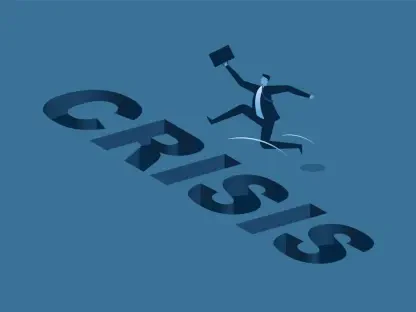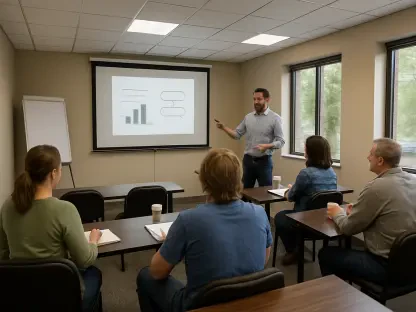Despite frequent commendations from Governor Gavin Newsom about California’s progress relative to more conservative states like Texas and Florida, recent data presents a far less flattering picture of the state’s educational system. The National Assessment of Educational Progress (NAEP) shows that California’s elementary and middle schools are still significantly lagging behind most other states, including many that are usually seen as less progressive. High levels of poverty, homelessness, unemployment, and notably, an underperformance in fundamental educational skills such as reading and math plague the system. This troubling data challenges the narrative of substantial progress and reveals deep-seated issues that mere financial investments seem unable to resolve.
Dismal Test Scores and a Widening Achievement Gap
Recent findings from EdSource, a nonprofit focused on California educational trends, support the grim statistics revealed by the NAEP. The data indicates that there has been minimal progress in national test scores since 2017. Particularly disheartening is the decline in fourth and eighth-grade reading scores, a crucial indicator of future academic success. While fourth-grade math scores showed some improvement, they failed to surpass the levels achieved in 2019. Compounding this issue, eighth-grade math scores have also declined, further highlighting a systemic issue within the state’s education system.
A concerning trend that emerged from EdSource’s analysis is the widening achievement gap between the highest and lowest-performing students. Those at lower percentiles experienced significant declines in their scores, making it increasingly difficult for underprivileged students to bridge the gap with their more affluent peers. This disparity jeopardizes their future opportunities, affecting their ability to succeed in high school, pursue higher education, or obtain job training. The problem is particularly pressing given the state’s long-standing “achievement gap” between poor or English-learner students and those from more affluent backgrounds, an issue that financial reforms alone have yet to address effectively.
Financial Investments Insufficient On Their Own
Over a decade ago, then-Governor Jerry Brown and the state Legislature introduced reforms to school finance, channeling more funds to schools that served at-risk students. Despite these substantial financial investments—amounting to billions of dollars—improvements in educational performance have been minimal. Money alone appears insufficient to bridge the gap and significantly uplift underperforming schools. While it is undeniable that increased funding is essential, and Governor Newsom’s proposed 2025-26 budget aiming to raise per-student spending to nearly $25,000 underscores this, the current results argue that funding needs to be coupled with more effective strategies.
In recent initiatives, the state has implemented additional support for kindergarten and pre-kindergarten programs, universally free lunch programs, and early screening for reading deficiencies. While these measures are promising and have potential, they fall short of addressing the root causes of educational underperformance comprehensively. Simply put, increased financial input needs to be complemented by innovative instructional strategies and comprehensive reform plans to effect the desired educational outcomes.
The Need for Evidence-Based Instruction
Some states have demonstrated that it is possible to achieve better educational results by adopting comprehensive reading plans based on the science of reading, commonly known as phonics. States like Mississippi, Connecticut, and Colorado have applied these methods and noted significant improvements in their students’ reading capabilities. In contrast, California’s education system has been relatively resistant to embracing phonics fully, despite the mounting evidence supporting its efficacy. This reluctance to adopt proven instructional techniques continues to hold the state back in enhancing its overall educational outcomes.
Dan Walters pointed out in his critical examination that the ongoing failure of California’s education system to deliver substantial improvements in student performance, despite significant financial investments, calls for a multifaceted approach to education reform. While increased funding is a critical component, it alone is not a panacea. The state’s resistance to integrating evidence-based instructional strategies such as phonics has magnified the complexities faced by its education system. As a result, ongoing financial investments yield limited returns in terms of student performance.
A Comprehensive Reform for Future Success
Although Governor Gavin Newsom often praises California’s progress in comparison to more conservative states like Texas and Florida, recent data paints a less favorable picture of the state’s educational system. The National Assessment of Educational Progress (NAEP) indicates that California’s elementary and middle schools continue to lag significantly behind the majority of other states, including many traditionally viewed as less progressive. The system faces significant challenges such as high levels of poverty, homelessness, and unemployment. Additionally, there is a notable underperformance in fundamental skills like reading and math. This concerning data contradicts the narrative of significant progress and highlights long-standing issues that financial investments alone seem unable to address. The persistent educational disparities suggest that systemic problems within California’s schools still need comprehensive solutions beyond mere funding to improve outcomes for students.








